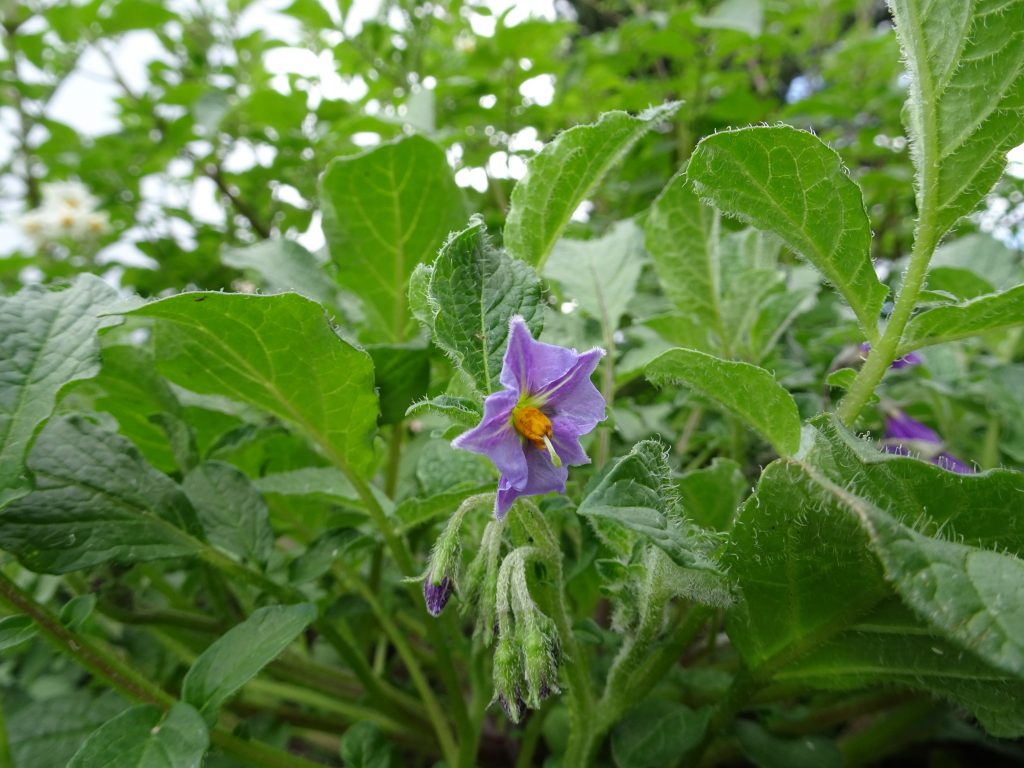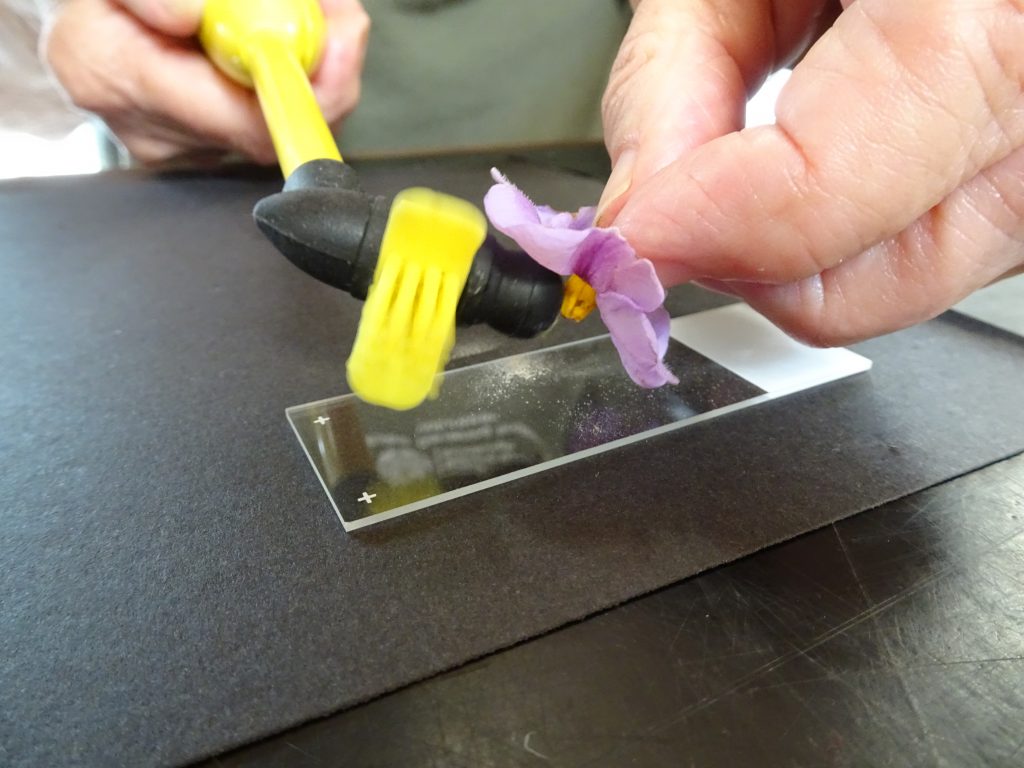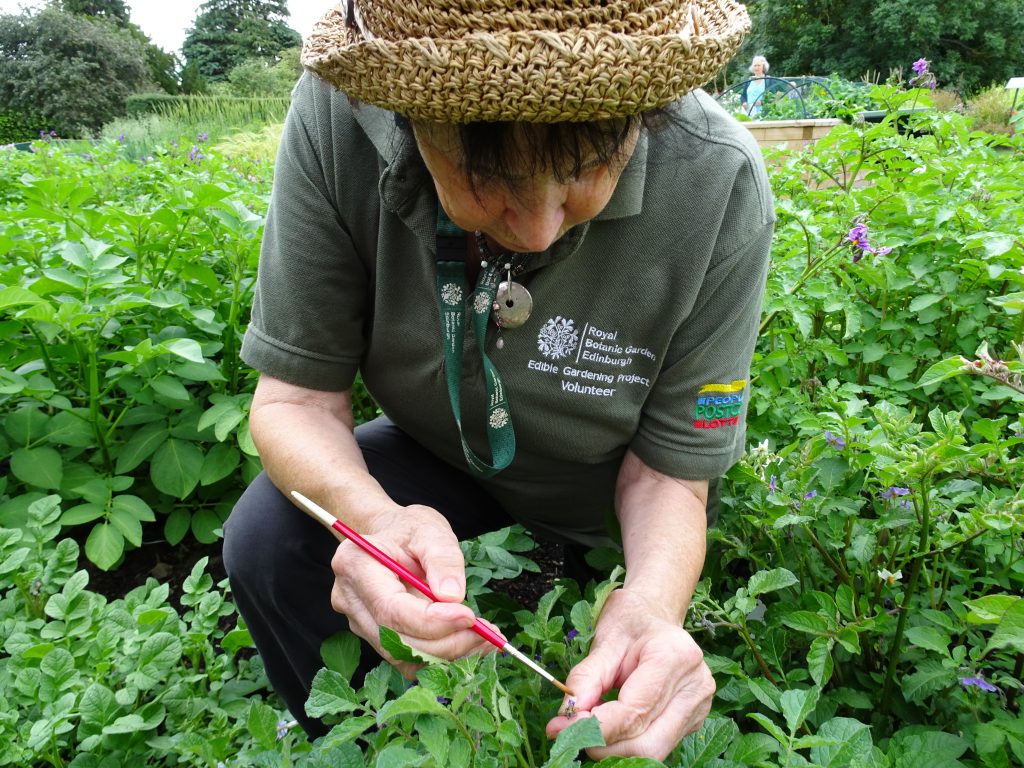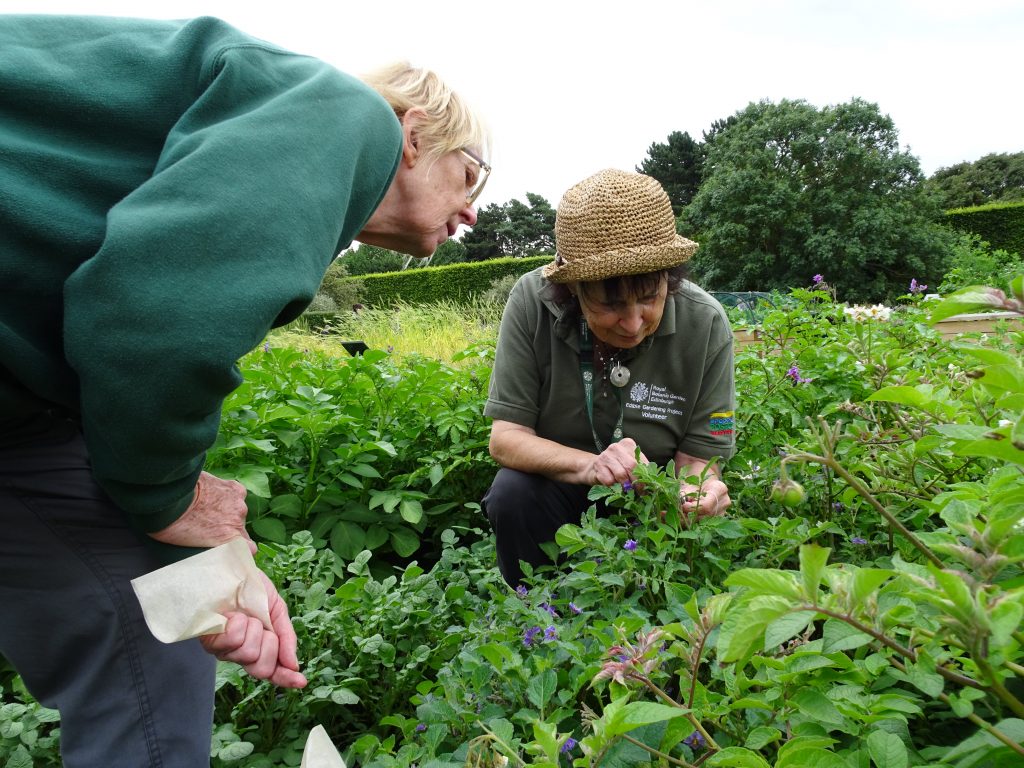Scotland has a global reputation for potato research, and as a producer of quality, disease free, seed potatoes used by farmers. Many people would think that the tattie is a true Scottish plant. The truth is that it originated in South America, probably in the high Andes somewhere in the region of Peru and Bolivia.
Given its South American origin it seems odd that a wild hybrid potato found in Mexico should be named after Edinburgh. The plant is called Solanum xedinense and it is the product of natural cross pollination between domesticated potatoes and the wild Mexican species Solanum demissum. The ‘x’ before edinense shows we know this plant is a hybrid.

Solanum demissum – a Mexican species that has contributed blight resistance to the cultivated potato.
The explanation for this curious choice of name is that the French botanist Pierre Berthault, who was a specialist in the potato family, named the hybrid in 1911 using specimens grown from tubers that were in the collection of RBGE at that time. To reflect the source of the plant material he studied, Berthault chose the name edinense, the Latinised form of Edinburgh.
When we started planning for a display of wild potatoes at the Botanics using plant material held in the Commonwealth Potato Collection at the James Hutton Institute we realised that the opportunity existed to recreate the Edinburgh potato. All that was required was the wild Solanum demissum and some fertile cultivated potatoes to cross it with.
SASA provided a selection of cultivated varieties known for high fertility. Choice of varieties for potato breeding projects is important as the complicated genetic heritage of the potato means that many familiar modern varieties are sterile and of no use for breeding.

‘Buzzing’ pollen from a potato flower using an electric buzz pollination device. Pollen is visible on the glass slide.
Plant breeding is work that requires patience, steady hands and meticulous record keeping. Edible Gardening Project volunteers Jan and Liz took up the challenge of trying to recreate the Edinburgh potato. So far there have been crosses conducted using both species as mother plants. This is important as some hybridisations work best when one of the two species involved is the mother.

Jan applying pollen to a prepared flower with a fine paint brush. In advance of pollination the flowers anthers are removed to avoid self-pollination.
We won’t know if we have been successful until next year when the resulting seeds are germinated and have grown sufficiently to start displaying a mixture of characteristics of the two parents. Before then there is a lot of work to be done carrying out controlled crosses, harvesting fruits and extracting seeds.
The full details of the process of recreating the Edinburgh potato are published in Sibbaldia: The International Journal of Botanic Garden Horticulture issue 19 available to download here.



Damian
An interesting post but why not just grow Lady Balfour Potatoes which i have been growing for years as they are blight resistant and taste good wether it be for baking,salads,mash,chips or wedges so are a good all round Potatoe to eat and are of a good size.
Thank you.
Max Coleman
Dear Damian,
The Edinburgh potato was the first step in the creation of the variety you mention called Lady Balfour. After intially getting the desirable disease resistance from the wild relative found in Mexico the next steps involve breeding and selection for tuber size and other desirable traits. Basically, we are showing our visitors how Lady Balfour and other disease-resistant varieties have been created with the aid of wild potatoes.
Damian
Dear Max,
Thank you for your reply. I am looking forward to watching Landward this evening to learn more. Eliminating blight and Scab (Solanum tuberosum) out of any growers harvest are obviously a big key to getting a good harvest and i have personally found that the Lady Balfour Potatoe gives us that as well as good size ,good tasting Potatoes for all round cooking which is what every Potatoe grower wants.
When i took on a run down farm that had been in my wife’s family since the seventeen hundreds a few of the local farmers said to me that i would need to spray my Potatoes twice a year to prevent blight but when i told them i did not need to and told them why they listened to what i had to say with interest but have not changed and it would be cheaper for them and more environmentally friendly if they were to do so but they are stuck in there old ways.
Max Coleman
Dear Damian,
Very interesting to hear of your success with Lady Balfour. It is one of the few organic potatoes that I see in the shops. A pity that your neighbours are not learning from your experience.